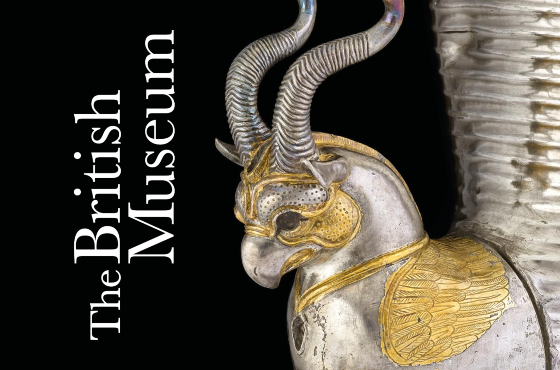Dollar Beats Brics, Debt, Deficits
For now, at least...
The DOLLAR has been extremely strong over the past two years, writes
Jim Rickards in The Daily Reckoning.
This persistent Dollar strength has been a mystery to many. After all, the Dollar's
problems are well known.
The ratio of government debt to GDP for the United States is at a record high approaching
130% (a prudent level is
considered 30%, and anything over 90% is a headwind to any economic growth at all).
The US is running
multitrillion-Dollar deficits year after year. The Congress and White House seem in the grip of Modern
Monetary Theory, which claims
that the US can run unlimited deficits and accumulate unlimited debt without economic harm because it
can print money in unlimited
quantities to finance the debt and spending.
Meanwhile, projected annualized
interest payments on the US
national debt exceeded $1 trillion at the end of October, according to Bloomberg. The cost of debt
service has doubled in the past 19
months as interest rates have risen.
This fiscal profligacy comes against a
backdrop of social unrest and
political dysfunction. We're facing a presidential election next year in which one candidate, Biden, is
senile and the other
candidate, Trump, may be behind bars on Election Day.
Take your pick. But the
Dollar keeps on chugging along.
How can the Dollar be so strong against such a dismal landscape?
There are two
answers to this
question.
Answer No.1
The first is that the Dollar
has its problems, but other
currencies are in even worse shape. For example, the Chinese Yuan is on the brink of collapse being held
aloft by non-sustainable
intervention by Chinese banks.
The Japanese Yen is joined at the hip with the
Yuan because of the extent of
Japanese investment in China financed by Japanese banks. With the Yuan going down, the Yen will go down
in sync.
So that's two major currencies with problems.
Meanwhile, Europe
and the UK have deindustrialized
under the sway of the greeniacs pushing the Green New Scam policies. Now Europe faces a winter of
freezing in the dark if cold weather
is extreme and Russia decides to turn off the energy taps.
Germany, the largest
economy in the Eurozone, is
heading for recession if it isn't already in one, and the same is true for the UK That's two more major
currencies facing
troubles.
So yes, the Dollar has its problems, but as an investor do you really
prefer sterling, Euros, Yen
or Yuan?
Answer No.2
The second reason for the
Dollar's strength is much more
technical and not well understood, but it's critical to grasp. You don't need to nail down the technical
details; it's enough that you
understand the bigger picture.
It involves the so-called
Eurodollar.
Eurodollars are
Dollar-denominated deposits held at foreign offices of major banks, and therefore fall outside the
jurisdiction of the Fed and US
banking regulations.
The Fed actually has very little influence over the global
Dollar market and the
exchange value of the Dollar. The old currency metrics of balance of trade and moves in capital accounts
are leftovers from the world
of fixed exchange rates, which have been gone for decades.
What drives the
Dollar is the Eurodollar market,
as conducted by the world's largest banks in London, New York and Tokyo. It's here where global
liquidity and interest rates are
actually determined.
The Eurodollar market needs a constant supply of
depositors parking their money in
offshore offices of major banks.
Right now, this market is in
contraction.
Derivatives are being unwound, balance sheets are being trimmed and interbank overnight lending is being
financed with
collateral.
And these banks are demanding the best collateral. They won't
accept corporate debt, mortgages or
even intermediate-term US Treasuries. The only acceptable collateral consists of short-term US Treasury
bills, the shorter the better.
This means 1-month, 3-month and 6-month bills.
Those are denominated in
Dollars, of course. In order to get
the bills to post as collateral, banks have to buy Dollars to buy the bills. This has created enormous
demand for Dollars. And that
partly accounts for the strength of the Dollar.
Again, it's not important that
you understand the intricacies
of the Eurodollar system, just that high Dollar demand in the Eurodollar market is contributing to
Dollar strength.
The fundamental Dollar shortage problem is not going away soon, and will continue to
support the Dollar.
What about the prospect of a BRICS currency union and the move toward a new currency? I
wrote a lot about that ahead of
the BRICS Leadership Summit that took place back in August.
This new currency
would be gold-linked and would
displace the Dollar in time as a major player in world trade.
Shouldn't that be
weakening the
Dollar?
After all, the prospect of a BRICS currency should pose a severe threat
to the Petrodollar, which is
a pillar of Dollar strength.
But this movement is still in its infancy and,
unsurprisingly, is experiencing
growing pains.
It's not yet as unified as it needs to be if it's going to
seriously threaten the Dollar. And
one of those BRICS nations – India – seems to be playing both sides.
It was
recently reported that India's
government is expected to reject demands from Russian oil companies to pay for Russia's crude oil
imports in Chinese Yuan.
Russia currently has a surplus of rupees and is having trouble spending them. At the same
time, demand for Yuan has grown
as Russia trades more with China.
Meanwhile, India mostly uses the dirham and
US Dollar to pay for Russian
oil imports. Basically, India is currently in a balancing act. They consider Russia an important
economic ally while they consider
China a geopolitical rival.
India fears popularizing the Yuan will hurt its own
efforts to internationalize
the rupee. In fact, India was the only BRICS nation to oppose the introduction of a common currency,
fearing it would benefit the
Yuan.
India's refusal to give in to Russia's demands leaves a significant role
for the Dollar, which is
another reason to believe the Dollar will retain its strength for the foreseeable future.
Now, don't get me
wrong. I'm not saying the Dollar is strong. It isn't, for all the reasons I listed above. It's just
stronger than its competitors, and
that's why it appears strong.
Is there some way to tell if the Dollar is
actually getting stronger or weaker
without making reference to other currencies?
Yes. The answer is gold. Think of
gold as a ruler that measures
Dollar strength or weakness.
Gold has gained close to 10% over the past month
or so. I expect gold to become
much stronger, despite some temporary setbacks along the way.
Investors should
consider today's prices a gift
and perhaps a last chance to acquire gold at these prices before the real safe haven race
begins.
Below $2000
gold is so cheap right now, it's practically a steal. I strongly urge you to take advantage.







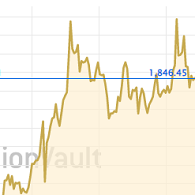
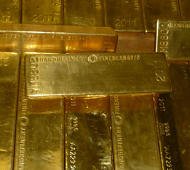
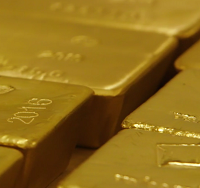
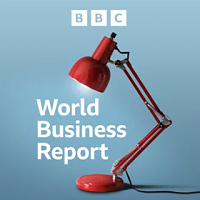

 Email
us
Email
us